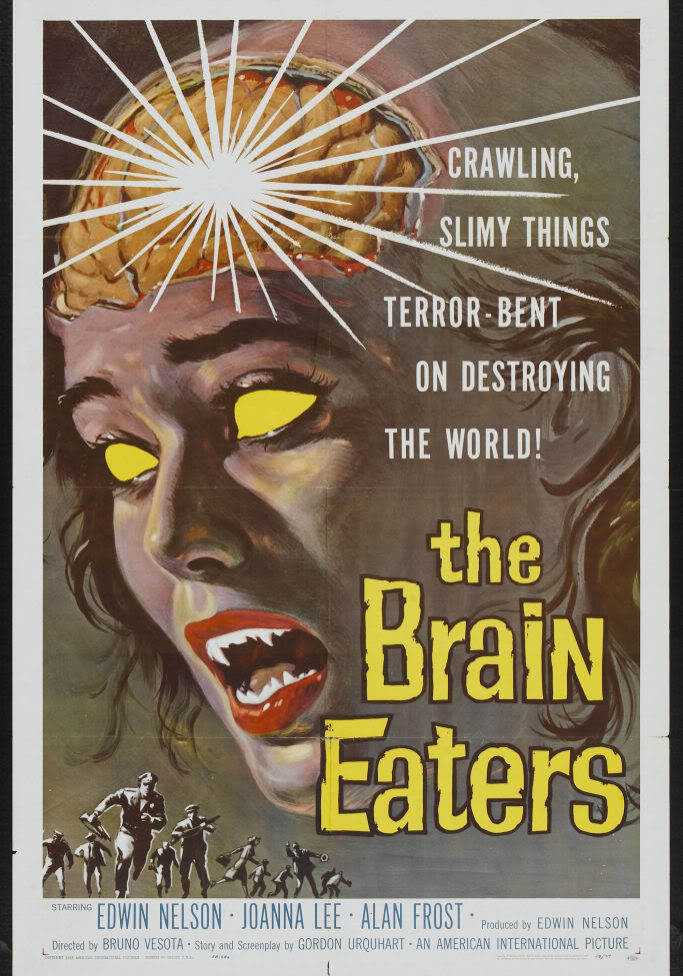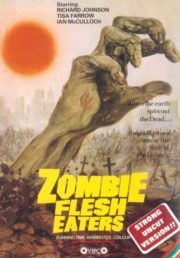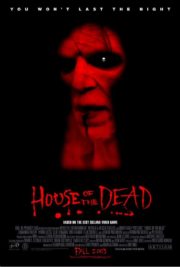Alien Invasion Unearthed: “The Brain Eaters”
Imagine a quiet town besieged by unseen forces that infiltrate the minds and bodies of its residents. This is the eerie premise of “The Brain Eaters,” a cult-classic horror film directed by Bruno VeSota and released in 1958. In an age where science fiction and horror were often intertwined, this movie sought to tap into the collective fear of the unknown and the Cold War anxieties of its time. With a storyline hinging on parasitic creatures from beneath the Earth’s surface, the film provides a chill of extraterrestrial dread without showing too much — a tactic of implied horror that leaves much to the imagination.
Creating a Creepy Canvas: Atmosphere and Visuals
Building an Eerie Environment
The horror atmosphere in “The Brain Eaters” owes much to its suspenseful buildup and the sense of foreboding it crafts from the very opening scene. VeSota employs minimalist sets and a shadowy, monochromatic palette to instill a feeling of unease, keeping viewers on edge. The simplicity of the set design actually lends credence to the small-town America setting, turning the familiar into the uncanny.
Through the Eye of the Camera
The cinematography, though limited by budget constraints, effectively utilizes sharp angles and tight shots to heighten the sense of claustrophobia and invasion of personal space. Special effects are sparingly used, especially considering the technological limitations of the 50s, but this scarcity helps maintain a level of realism within the fantastical narrative. Unique visual styles come in the form of abrupt transitions and the ominous depictions of possession, which, while perhaps unintentionally, endow the film with a sort of B-movie charm.
Spine-Tingling Sounds: Score and Effects
No horror film is complete without its soundtrack and “The Brain Eaters” does not disappoint in this regard. The soundscape is filled with eerie tunes and sharp acoustics that amplify the sense of horror. The effective use of sound—or the lack thereof in certain scenes—creates a quietly menacing environment that promises a terror that is omnipresent even if unseen. There are moments when the stillness is as chilling as the sudden, jarring noises, playing on the primal fear of the unseen lurking in the silence.
Unsettling Encounters: Characters and Actors
Screams and Survival
The performances, while reflective of the era’s acting style, range from earnest to melodramatic. The characters are not particularly well-developed, which is typical of many horror films of the time. Nonetheless, the main cast, including Ed Nelson and Joanna Lee, demonstrates satisfactory commitment to their roles, fostering a believable intensity in the face of bizarre circumstances. Their reactions to horror are at times understated, which ironically makes scenarios more plausible within the sphere of the film’s reality.
Frightening Factors: Effective Horror Mechanics
Horror is Personal
“The Brain Eaters” explores a blend of 1950s common horror tropes, weaving together elements of science fiction with supernatural undertones. The threat is personal—internal and psychological—as much as it is physically invasive. Body horror and psychological terror merge as the invaders take control of their hosts, raising the fear of loss of autonomy. This type of intimate horror is more unsettling than the graphic gore that modern audiences might be accustomed to, reflecting a period when what you couldn’t see was often more frightening than what you could.
Meta-Messages: Societal Underpinnings
The film subtly mirrors the paranoia of its time, the fear of infiltration, and the loss of self that were prevalent themes during the Cold War era. “The Brain Eaters” doesn’t delve deeply into these themes, but the subtext is apparent for those looking to mine horror for deeper social reflections.
Final Verdict: Standing the Test of Time?
Is “The Brain Eaters” terrifying by today’s standards? Arguably not. Is it thought-provoking or innovative? In the context of its time, it might have been. For modern viewers, the film serves more as an interesting artifact from an era where psychological thrills were the staple of horror. It’s a film best suited for those with an appreciation for classic sci-fi horror and B-movie enthusiasts who revel in the genre’s history.
Compared to contemporary horror films, the craftsmanship of “The Brain Eaters” is of course limited, but it deserves recognition for its attempt to create an atmosphere of terror with a meager budget and simple effects.
Ultimately, “The Brain Eaters” is a product of its time, reflecting the fears and narrative styles of the late 1950s. It’s not exceptionally groundbreaking, but as a slice of horror history, it might just be worth a watch for die-hard fans of the genre. Viewers with a penchant for nostalgia and an interest in the evolution of horror will find something of value in this parasitic invasion story, though it should be noted that modern scare-seekers might not find the fright they’re after.
In the realm of classic horror, “The Brain Eaters” stands as a quaint but charming relic, a reminder of the days when implied horror trumped explicit scares, and tin-foil special effects could still send a shiver down the spine.




